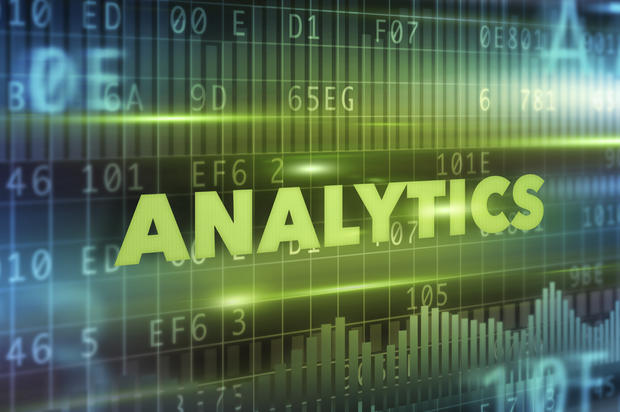21 Business intelligence and analytics terms you should know
- by 7wData

Business intelligence (BI) and data analytics give tech decision makers a clearer idea of how well their companies are running, and if they are meeting goals. Some business users struggle to understand how BI and analytics work in concept and in practice. These 21 terms should be in every BI or data analyst’s vocabulary.
The ability to create a one-off, “on demand” report from BI or analytics software that answers a specific business question.
The severing of links between people in a database and their records to prevent the discovery of the source of the records, and to maintain privacy and confidentiality.
Using data about people’s behavior to understand intent and predict future actions.
A performance management tool that holistically captures an organization’s performance from several vantage points (e.g., sales results vs. inventory levels) on a single page.
A structuring of big data that attaches situational contexts to single elements of big data to enrich them with business meaning (e.g., instead of a customer record that tells you the customer’s name and address, data appended to this record data also gives the customer’s buying preferences, which is gathered from recent web activity data). The result is a more complete understanding of the customer and her lifestyle.
A collection of data arranged for convenient and quick search and retrieval by applications and analytics software.
A business that collects personal information about consumers and sells that information to other organizations.
A small data repository that is focused on information for a specific subject area of the company, such as Sales, Finance, or Marketing.
A data model is the result of a collaborative effort between end business users and IT database analysts. The first step is to define in plain English what data the business needs in order for its various functions to communicate with each other, and how this data must be ordered and structured so it makes the most sense.
[Social9_Share class=”s9-widget-wrapper”]
Upcoming Events
Shift Difficult Problems Left with Graph Analysis on Streaming Data
29 April 2024
12 PM ET – 1 PM ET
Read MoreCategories
You Might Be Interested In
5 Ways Hybrid Smart Contracts Are Changing the Blockchain Industry
15 Sep, 2021For years, the blockchain industry has been defined by the excitement around smart contracts, or tamper-proof digital agreements that automatically …
AI and Lab Data: Enabling Decision-Making in Real Time
8 Sep, 2017Lisa KerberBig data and Artificial Intelligence (AI) undoubtedly have begun disrupting how the business of healthcare is done. As a …
What is Data Storytelling? Plus 5 Great Examples
17 Aug, 2018Storytelling is the watchword in content marketing. To communicate with humans on an emotional level, you should tell stories using …
Recent Jobs
Do You Want to Share Your Story?
Bring your insights on Data, Visualization, Innovation or Business Agility to our community. Let them learn from your experience.
Privacy Overview
Get the 3 STEPS
To Drive Analytics Adoption
And manage change




